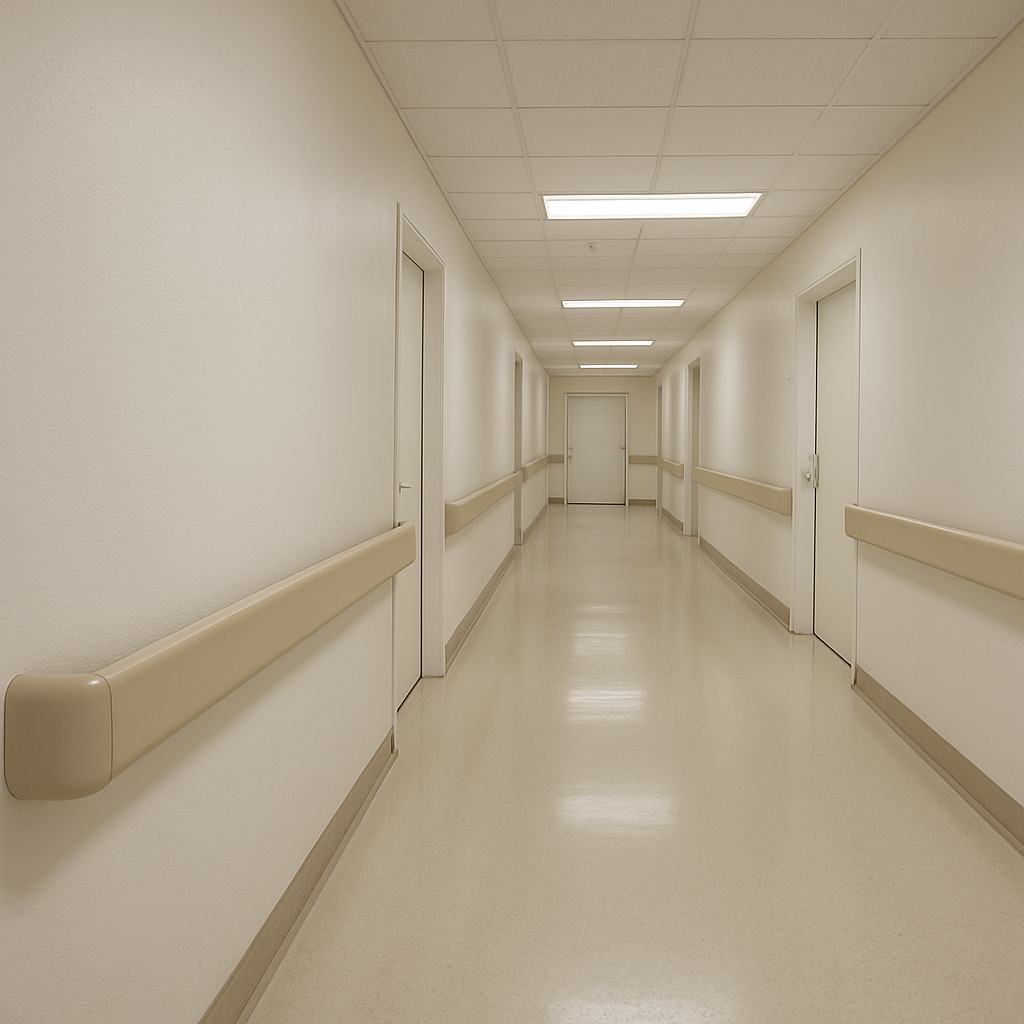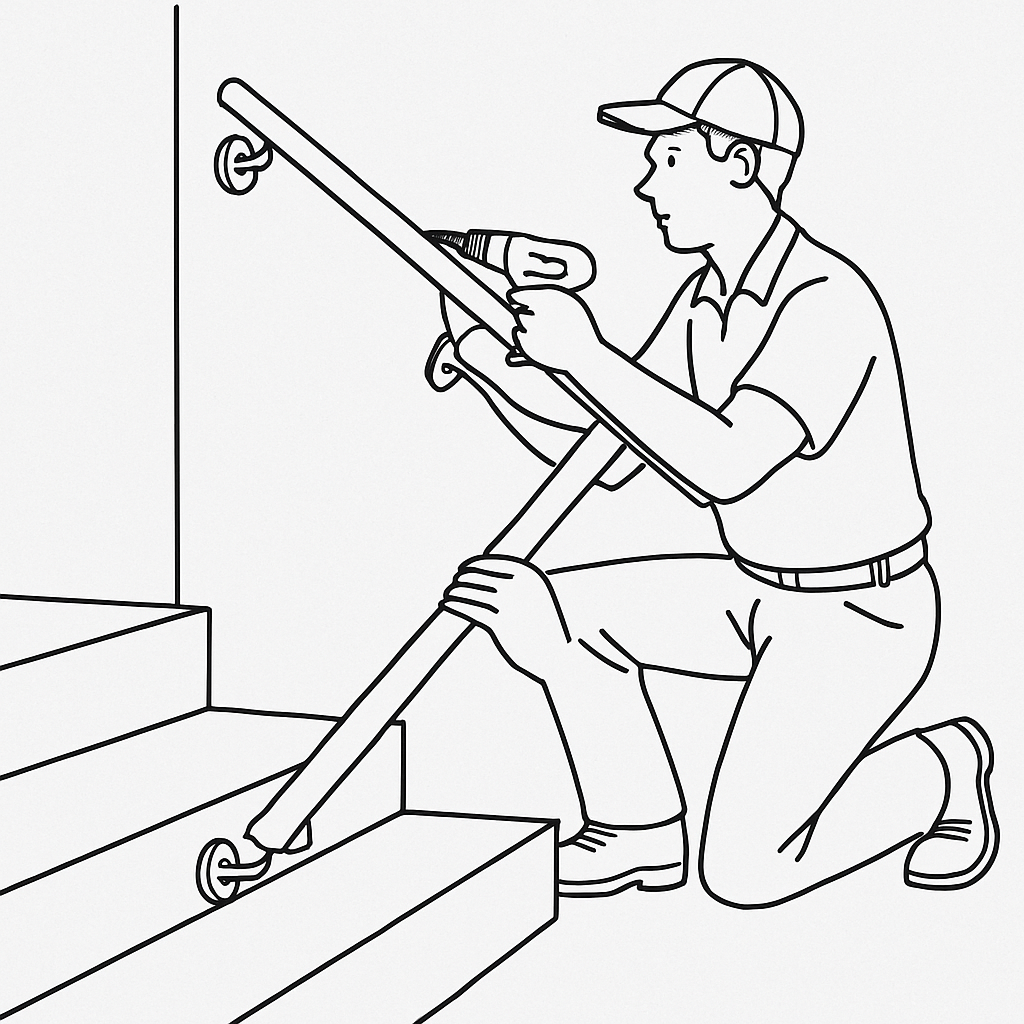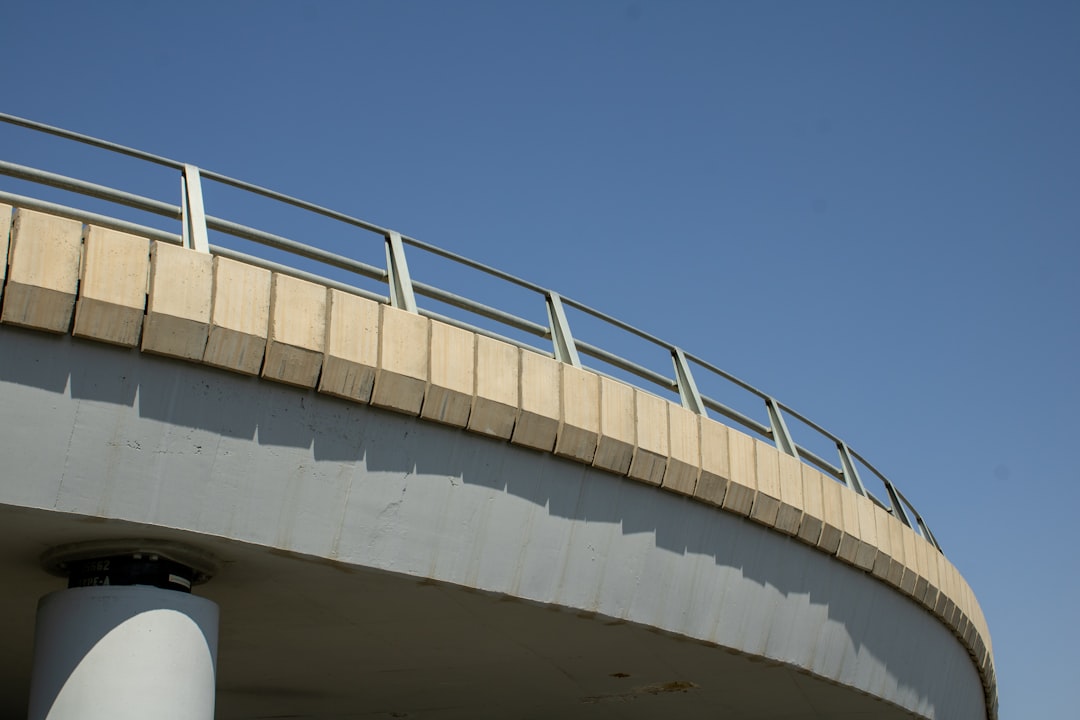 Service Hotline:13510328459
Service Hotline:13510328459
 205-206, 2nd Floor, Building 2, Xiazao Village Industrial Zone, Gaofeng Community, Dalang Street, Longhua District, Shenzhen City
205-206, 2nd Floor, Building 2, Xiazao Village Industrial Zone, Gaofeng Community, Dalang Street, Longhua District, Shenzhen City
 Service Hotline:13510328459
Service Hotline:13510328459
 205-206, 2nd Floor, Building 2, Xiazao Village Industrial Zone, Gaofeng Community, Dalang Street, Longhua District, Shenzhen City
205-206, 2nd Floor, Building 2, Xiazao Village Industrial Zone, Gaofeng Community, Dalang Street, Longhua District, Shenzhen City
Time:2025-09-15 Preview:
In healthcare facilities, safety is a top priority. One crucial aspect of maintaining safety is the proper installation of handrails. These handrails are not just functional but also provide a sense of security for patients, staff, and visitors. In this article, we'll explore the importance of safety handrails in hospitals, best practices for handrail installation, and how hospital handrail images can guide and inspire these installations.
Safety handrails play a vital role in healthcare environments. They are essential for preventing falls and assisting patients with mobility issues. In hospitals, where patients may be recovering from surgeries or dealing with mobility impairments, handrails offer necessary support. Furthermore, they help in navigating long corridors and can be crucial during emergencies when a quick evacuation is needed.
Handrails provide patients with a physical point of stability. For patients who are unsteady on their feet, they can prevent falls and the resulting injuries. This support is particularly important in areas like restrooms, hallways, and near stairs where slips and trips are more likely to occur.
For healthcare professionals, handrails offer support as they move patients or equipment throughout the hospital. This is particularly useful in high-traffic areas or during emergencies when speed is critical. Handrails can also help in maintaining orderly patient flow, especially in busy departments like emergency or outpatient services.

When installing handrails in a hospital setting, several factors need to be considered to ensure they are effective and safe.
The choice of material for handrails is crucial. In hospitals, handrails must be durable and easy to clean. Common materials include stainless steel, which is resistant to rust and corrosion, and vinyl, which is easy to sanitize. Both materials are suitable for healthcare settings because they can withstand frequent cleaning with disinfectants.
Handrails should be installed at a height that is comfortable for most users. The standard height is typically between 34 to 38 inches from the floor. Additionally, handrails should be continuous along the length of corridors and should not have sharp edges or protrusions that could cause injury.
Handrail installation must comply with local building codes and healthcare regulations. These regulations ensure that handrails are installed safely and are accessible to everyone, including individuals with disabilities.
Once installed, handrails require regular maintenance to ensure they remain secure and clean. Regular inspections should be conducted to check for any damage or loosening of the handrails. Cleaning routines should be established to prevent the spread of germs and bacteria.

Images of hospital handrails can serve as an excellent resource for planning and inspiration. They can demonstrate how different materials and designs are used in various settings and can help in visualizing how a particular style might look in your facility.
Hospital handrail images often showcase the balance between functionality and aesthetics. While the primary role of handrails is safety, they can also enhance the visual appeal of hospital interiors. Images can inspire designs that complement the hospital's decor while providing necessary support.
Some hospital handrail images highlight innovative designs that integrate technology or unique materials. For example, some modern handrails include LED lighting for better visibility or antimicrobial coatings for improved hygiene. These images can inspire hospitals to adopt new technologies and materials that enhance safety and efficiency.

Images can be used during the planning phase of a hospital renovation or construction project. They provide a visual reference that can be shared with architects, designers, and contractors to ensure everyone is aligned on the desired outcome.
Hospital handrail images can also be used in staff training programs. They can demonstrate proper usage and maintenance procedures, ensuring that all staff members understand how to use handrails effectively and keep them in good condition.
For hospitals looking to showcase their facilities, high-quality images of well-designed handrails can be included in marketing materials. These images can highlight the hospital's commitment to safety and modern design.
Safety handrails are a critical component of hospital infrastructure, providing essential support and safety to patients, staff, and visitors. Proper installation and maintenance are key to ensuring their effectiveness. By utilizing hospital handrail images, healthcare facilities can draw inspiration for their designs, ensure compliance with safety standards, and enhance the overall aesthetic of their environment.
Investing in quality handrails and regularly updating their designs not only improves safety but also demonstrates a hospital's commitment to providing a secure and welcoming environment for everyone. As healthcare facilities continue to evolve, the role of safety handrails remains as important as ever.
